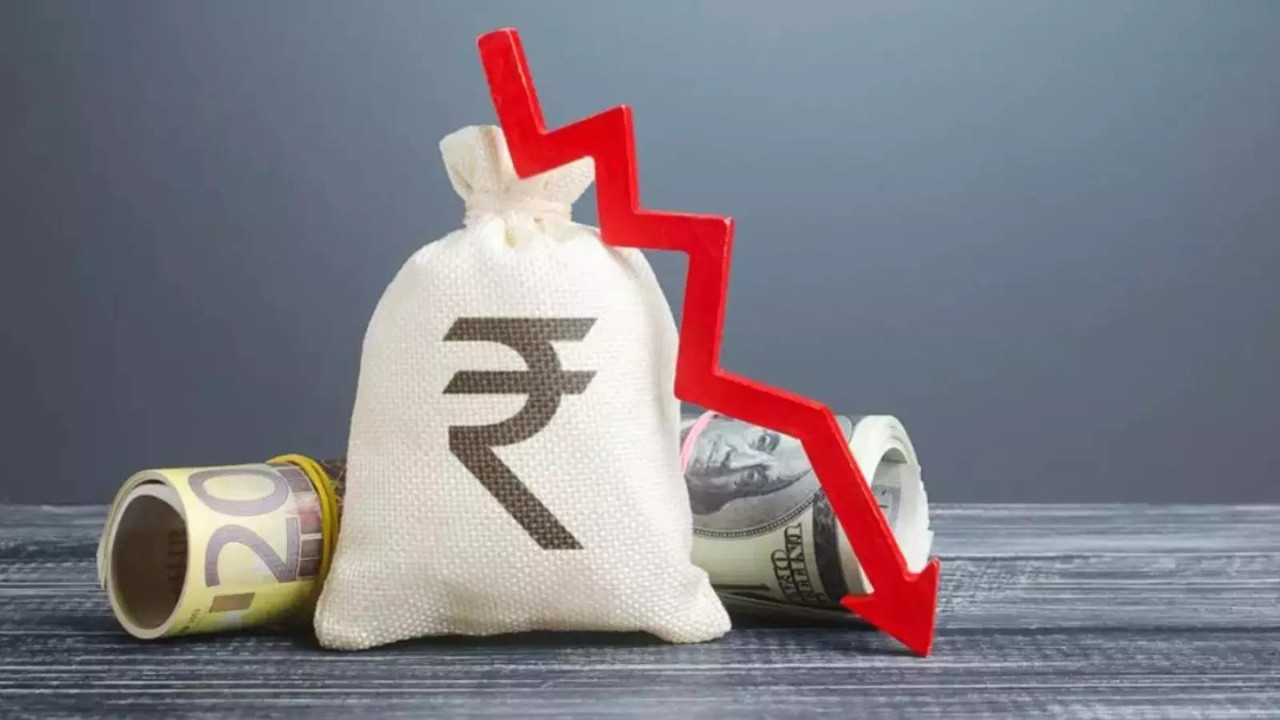The Indian rupee has weakened, reaching near record lows against the US dollar. This depreciation boosts export competitiveness but increases import costs. Exporters are urged to diversify beyond the US due to potential tariffs. Importers face higher bills, especially for oil. Instability in the rupee’s value is a concern for both exporters and importers.
Navigating the Rupee’s Swirl: Will Exporters Float or Sink?
The Indian rupee has been dancing precariously close to record lows lately, sparking a flurry of questions: Is this a boon for Indian exporters, finally giving them a competitive edge on the global stage? Or are we setting the stage for a more costly import bill, ultimately negating any potential gains? Let’s dive into the heart of this economic tug-of-war and unpack what a weaker rupee truly means for Indian businesses.
The Two Sides of the Coin: Rupee Devaluation Explained
Imagine your product is priced in rupees but sold in dollars. When the rupee weakens against the dollar, your product suddenly appears cheaper to foreign buyers. This is the theoretical advantage that a depreciating rupee provides. It’s like an instant discount for overseas customers, potentially boosting demand for Indian goods and services.
However, the picture isn’t always so rosy. Many Indian manufacturers rely on imported raw materials, components, or machinery. A weaker rupee makes these imports more expensive. That shiny new widget you need for your production line? Now it costs significantly more rupees. This increased cost can erode, or even completely wipe out, any competitive advantage gained from the currency depreciation. The actual effect depends on how reliant a business is on importing goods and services.
Who Wins and Who Loses in the Rupee Devaluation Game?
So, who benefits most from a weaker rupee? Generally, sectors with a high export volume and low import dependence are in a prime position to capitalize. Think textiles, handicrafts, and certain agricultural products. These industries can leverage the lower prices to grab market share and increase profitability.
On the flip side, industries heavily reliant on imports, such as electronics manufacturing, pharmaceuticals (dependent on active pharmaceutical ingredients or APIs), and certain segments of the automotive sector, might struggle. They face the unenviable task of either absorbing higher input costs, potentially squeezing their profit margins, or passing the cost onto consumers, risking a drop in demand.

The Balancing Act: Factors Beyond Currency Fluctuations
It’s crucial to remember that currency fluctuations are just one piece of the puzzle. Other factors, such as global demand, trade agreements, and domestic policies, also play a significant role in determining the competitiveness of Indian exports. A weaker rupee might provide a temporary boost, but it won’t magically solve underlying issues like infrastructure bottlenecks, regulatory hurdles, or a lack of innovation.
Furthermore, the extent to which exporters can truly benefit depends on their ability to negotiate favorable terms with buyers and manage their currency risk. Savvy exporters might use hedging strategies to protect themselves from unexpected currency swings, ensuring a more stable and predictable revenue stream.
The Reserve Bank of India’s Role: A Delicate Dance
The Reserve Bank of India (RBI) closely monitors the rupee’s movement and often intervenes in the foreign exchange market to manage volatility. The RBI’s actions can influence the pace and magnitude of rupee depreciation. While the central bank generally allows market forces to determine the exchange rate, it steps in to prevent excessive volatility that could disrupt the economy. The central bank may also use the opportunity to strengthen its foreign reserves.
Looking Ahead: Navigating the Uncertainty
The future trajectory of the rupee remains uncertain, influenced by a complex interplay of global and domestic factors. Global economic growth, interest rate differentials, geopolitical tensions, and investor sentiment all play a role.
Indian businesses need to stay agile and proactive, carefully assessing their exposure to currency risk and developing strategies to mitigate potential downsides. Diversifying export markets, investing in research and development to enhance product competitiveness, and improving operational efficiency are all crucial steps to navigate the ever-changing economic landscape. Businesses should also invest in technological upgrades in order to maximize efficiency and improve production speed. This will further help keep prices low in the face of rupee devaluation.
Ultimately, whether the rupee’s current weakness translates into a sustained boost for Indian exports or a burden on import-dependent industries depends on how effectively businesses adapt and navigate these complex dynamics. It’s a time for strategic thinking, proactive risk management, and a keen eye on the evolving global economic landscape.







